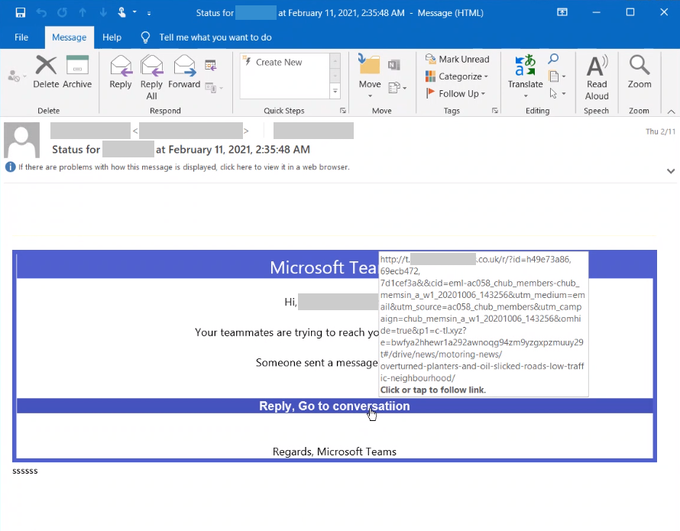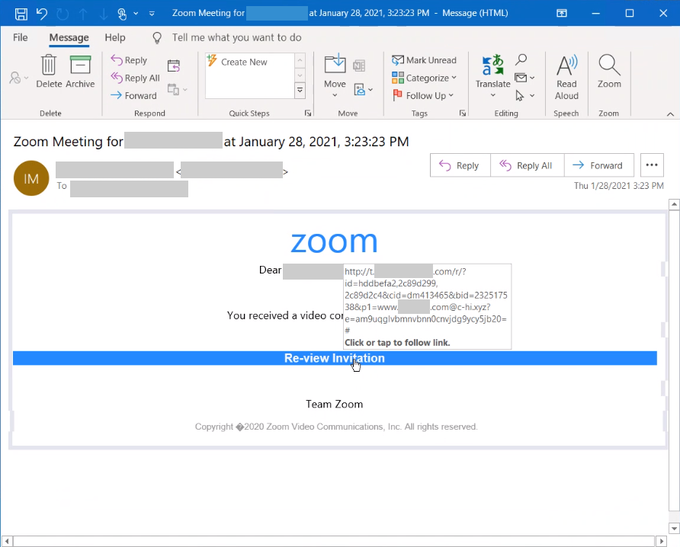
Microsoft Threat Intelligence
@MsftSecIntel
Followers
184,538
Following
1,053
Media
688
Statuses
5,336
We are Microsoft's global network of security experts. Follow for security research and threat intelligence.
Redmond, WA
Joined November 2010
Don't wanna be here?
Send us removal request.
Explore trending content on Musk Viewer
Sanchez
• 1518408 Tweets
Paiporta
• 628796 Tweets
Fenerbahçe
• 336086 Tweets
Chelsea
• 288346 Tweets
Verstappen
• 249546 Tweets
Flamengo
• 176859 Tweets
Norris
• 158144 Tweets
Mourinho
• 119083 Tweets
#MUNCHE
• 87489 Tweets
#BrazilianGP
• 78706 Tweets
Garnacho
• 77097 Tweets
Atlético
• 73722 Tweets
Palmer
• 70522 Tweets
Plata
• 65216 Tweets
#TSvFB
• 62658 Tweets
Ocon
• 62075 Tweets
Alpine
• 58920 Tweets
Amrabat
• 56231 Tweets
Caicedo
• 55104 Tweets
Gabigol
• 54547 Tweets
Atilla Karaoğlan
• 34898 Tweets
Rashford
• 33966 Tweets
Cowboys
• 33783 Tweets
Hulk
• 27089 Tweets
Maracanã
• 25078 Tweets
Zirkzee
• 24177 Tweets
Broncos
• 23232 Tweets
Acun
• 20274 Tweets
Arrascaeta
• 19091 Tweets
Falcons
• 16620 Tweets
Olave
• 16304 Tweets
Dolphins
• 15795 Tweets
GABRIEL BARBOSA
• 14656 Tweets
Amad
• 13847 Tweets
Wesley
• 12792 Tweets
Derek Carr
• 10803 Tweets
Bo Nix
• 10230 Tweets
Last Seen Profiles
We just rolled out a new consolidated
#Log4j
dashboard for threat and vulnerability management in the Microsoft 365 Defender portal to help customers identify and remediate files, software, and devices exposed to the Log4j vulnerabilities.
9
378
823
While we currently see only coin miners being dropped, we agree w/ the research community that CVE-2019-0708 (BlueKeep) exploitation can be big. Locate and patch exposed RDP services now. Read our latest blog w/ assist from
@GossiTheDog
&
@MalwareTechBlog
2
436
687
We have observed a China-based ransomware operator that we’re tracking as DEV-0401 exploiting the CVE-2021-44228 vulnerability in Log4j 2 (aka
#log4shell
) targeting internet-facing systems running VMWare Horizon.
12
381
655
Microsoft discovered and patched a 0-day exploit (CVE-2022-22047) that
#KNOTWEED
, an Austria-based private sector offensive actor, used to deploy
#Subzero
malware. Analysis of campaigns, tactics, & payloads in this
#MSTIC
blog w/
@msftsecresponse
@RiskIQ
:
7
309
549
New blog post: In-depth analysis of PowerShell-based downloader Trojan
#sLoad
, which uses the Background Intelligent Transfer Service (BITS) almost exclusively as alternative protocol for data exfiltration and most of its other malicious activities:
5
127
354
A threat group tracked by Microsoft as DEV-0196 is linked to an Israel-based private sector offensive actor (PSOA) known as QuaDream, which reportedly sells a suite of exploits, malware, and infra. Read our analysis in collaboration with
@citizenlab
:
2
197
336
A new malware campaign we dubbed
#Nodersok
delivers two very unusual LOLBins to turn infected machines into zombie proxies. Read our latest research here:
5
216
328









































































